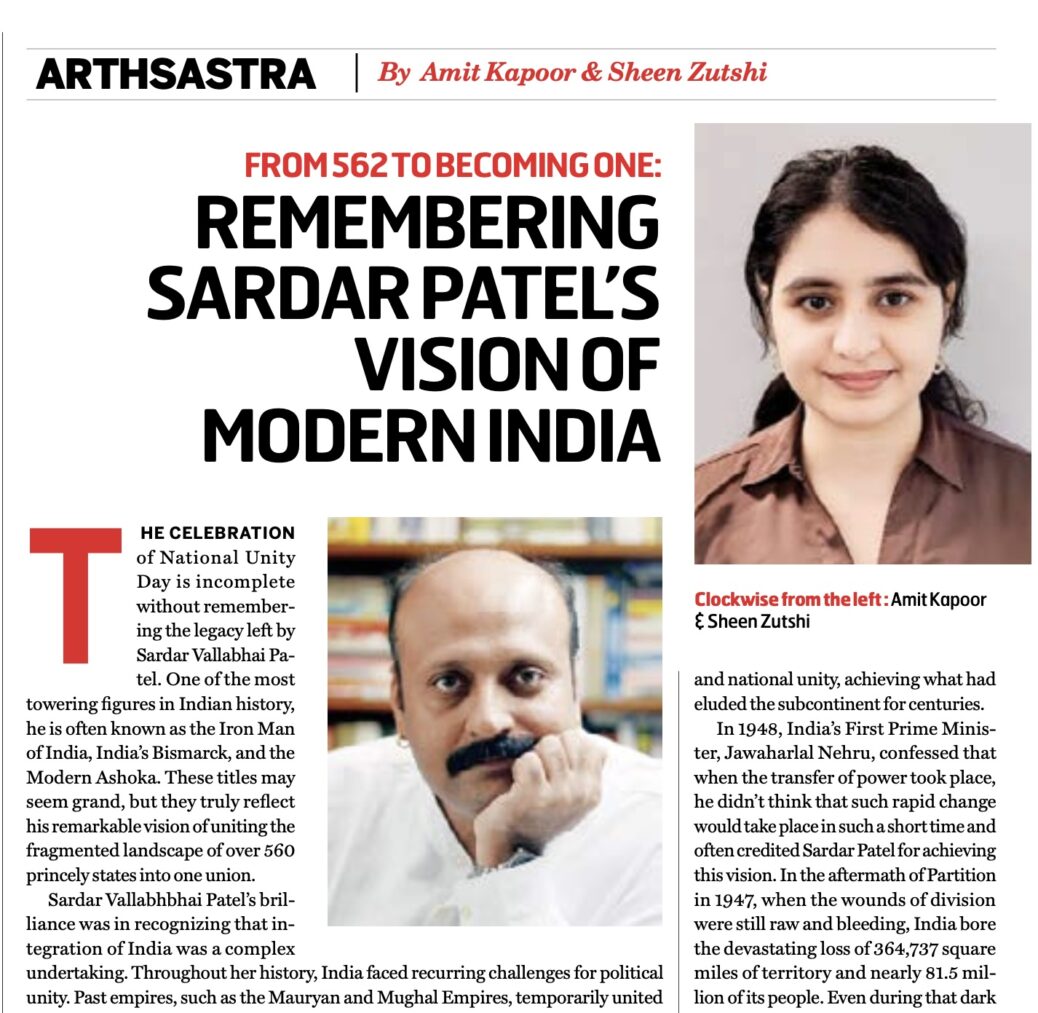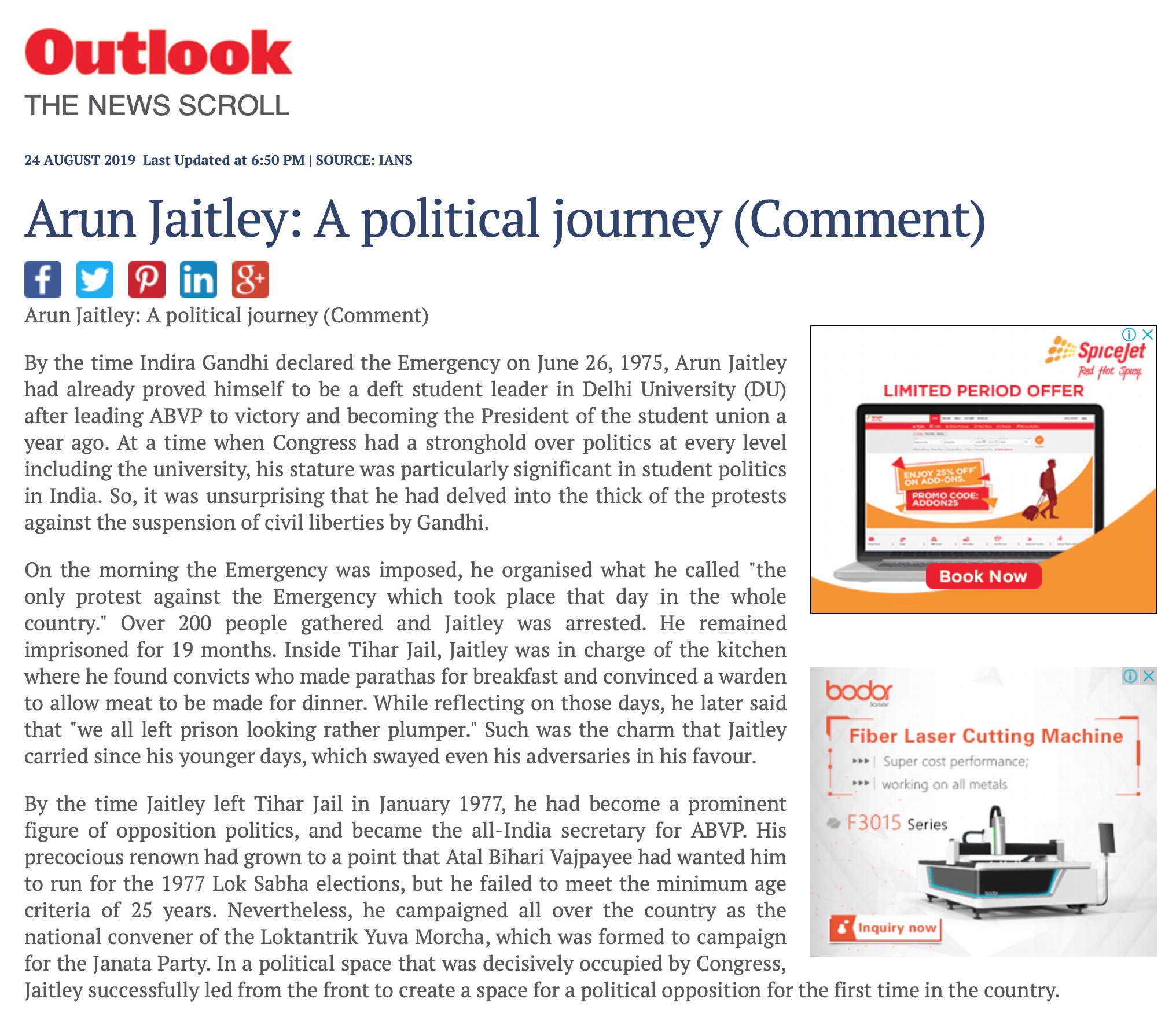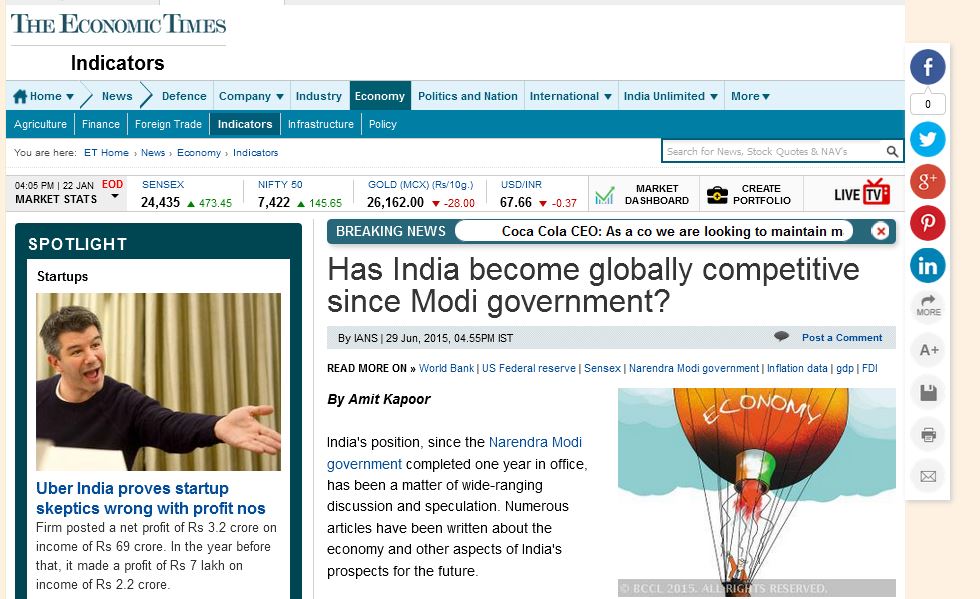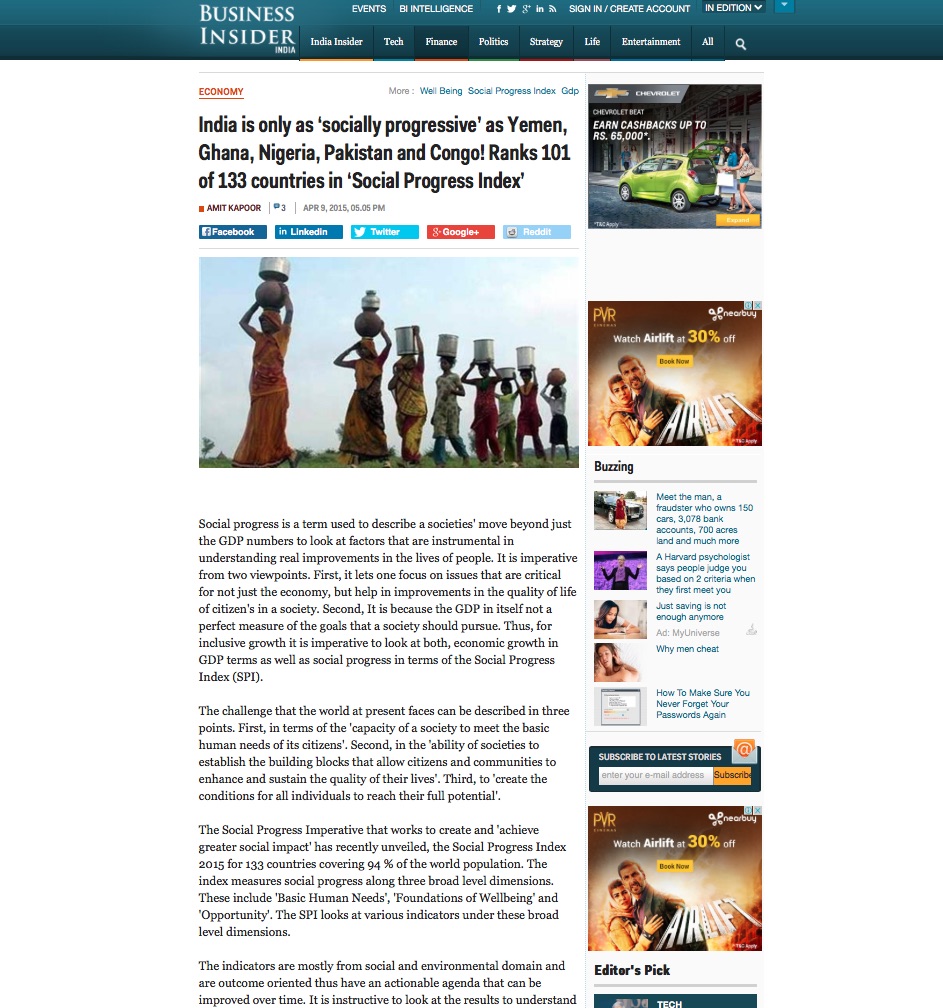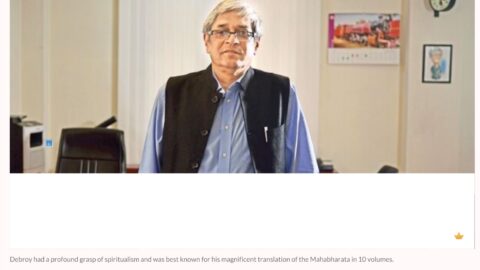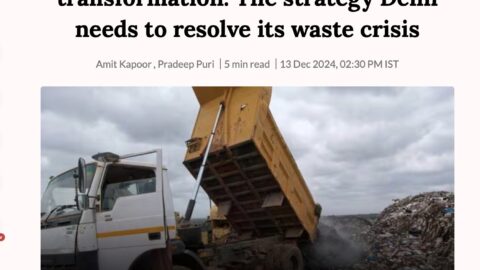By Amit Kapoor and Sheen Zutshi
The celebration of National Unity Day is incomplete without remembering the legacy left by Sardar Vallabhai Patel. One of the most towering figures in Indian history, he is often known as the Iron Man of India, India’s Bismarck, and the Modern Ashoka. These titles may seem grand, but they truly reflect his remarkable vision of uniting the fragmented landscape of over 560 princely states into one union.
Sardar Vallabhbhai Patel’s brilliance was in recognizing that integration of India was a complex undertaking. Throughout her history, India faced recurring challenges for political unity. Past empires, such as the Mauryan and Mughal Empires, temporarily united regions but often fell apart after the fall of powerful rulers. As British rule ended, the country faced dual challenges as the government of independent India had to deal with the partition of India’s Dominion into two sovereign countries – India and Pakistan which resulted in blood baths and mass migrations.
Another challenge Independent India faced was dealing with the fact that it emerged from the shadows of colonial rule with the presence of over 560 princely states that held their autonomy. Whether these states would join India or remain independent posed a substantial challenge. Sardar Patel anticipated that this risked repeating India’s fragmented history without a unified political structure. So, his mission was clear: the focus was to integrate princely states into a single Union.
The State Department was established on June 27, 1947, with Sardar Patel and Abdur Rab Nishtar leading its two divisions. Sardar Patel appointed V.P. Menon as the Secretary of his section. Once the State Department was formed, its biggest challenge was the integration of princely states into the new dominion of India. Patel’s diplomatic genius lay in convincing these rulers that their interests lay in joining the Indian Union while ensuring a smooth transition that wouldn’t destabilize the newly independent nation. His efforts were diplomatic and crucial for establishing stability and national unity, achieving what had eluded the subcontinent for centuries.
In 1948, India’s First Prime Minister, Jawaharlal Nehru, confessed that when the transfer of power took place, he didn’t think that such rapid change would take place in such a short time and often credited Sardar Patel for achieving this vision. In the aftermath of Partition in 1947, when the wounds of division were still raw and bleeding, India bore the devastating loss of 364,737 square miles of territory and nearly 81.5 million of its people. Even during that dark separation and suffering period, India achieved something remarkable. This monumental feat healed some of Partition’s deep scars and expanded India’s embrace, adding more than 500,000 square miles of territory and welcoming 86 million people into its fold. It is a testament to India’s resilience – how a young nation, while nursing its fresh wounds, found the strength to forge a more unified whole.
As Independent India’s first Deputy Prime Minister and Home Minister from 1947 to 1950, he faced significant challenges with Princely States such as Hyderabad, Junagadh, and Jammu & Kashmir, which initially chose to remain independent during the partition. Patel and Menon worked diligently to negotiate with these states’ rulers, employing diplomatic and military strategies when necessary. The Police Action in 1948, known as Operation Polo, exemplified the government’s determination to maintain territorial integrity, ultimately leading to the integration of Hyderabad into India. Nearly 2000 years after Ashoka, the Great consolidated the Indian subcontinent, India achieved political unity in 1947. Therefore, he deserves every accolade for being the true architect of modern India.
By the time India’s Constitution came into force on 26 January 1950, India had geographically integrated all the states. It brought them into the same constitutional relations with the Centre as the provinces. In 1956, after his death, the States Reorganisation Act was enacted, reflecting a crucial step toward unification based on linguistic and cultural identities. This act aimed to create states that aligned more closely with the languages spoken in those regions, addressing the aspirations of various linguistic groups while promoting regional autonomy. This reorganization further consolidated India’s federal structure, balancing the need for unity with recognising diversity.
Patel’s vision extended beyond mere political integration to the need for administrative efficiency. His deeper understanding of India’s grassroots set him apart from his contemporaries and nation-building architects. His approach to nation-building was marked by pragmatism rather than theoretical idealism. His vision for Independent India was to create good governance structures that would stand the test of time. He played a crucial role in proposing the creation of the IAS and IPS during the Conference of Chief Ministers, viewing them as a unifying force. He called civil servants the “steel frame of India,” crucial executors of government policies and a pillar of governance. His contributions to the Constituent Assembly extended beyond mere participation. As a key member of the AICC Elections Committee, he ensured fair representation for various communities, including Sikhs, Muslims, Parsis, Anglo-Indians, Christians, women, Sindhis, and Scheduled Castes and Tribes.
As India approaches Sardar Vallabhbhai Patel’s 150th Birth anniversary, his vision and legacy remain as critically relevant as they were on the eve of Independence. In honouring Patel’s legacy, we as Indians must continue to bridge its regional and economic diversity, transforming its heterogeneity as a source of challenge to moving towards the idea of shared prosperity, i.e., prosperity must be shared across all parts and regions of India. Patel understood proper integration is not about erasing identities but creating a shared national purpose. His vision for a unified India, where each state contributes to and benefits from collective progress, remains crucial for realizing India’s potential. This unity of purpose is essential to fulfilling Patel’s legacy and building an India of shared prosperity.
The article was published with Business World on November 1, 2024.

